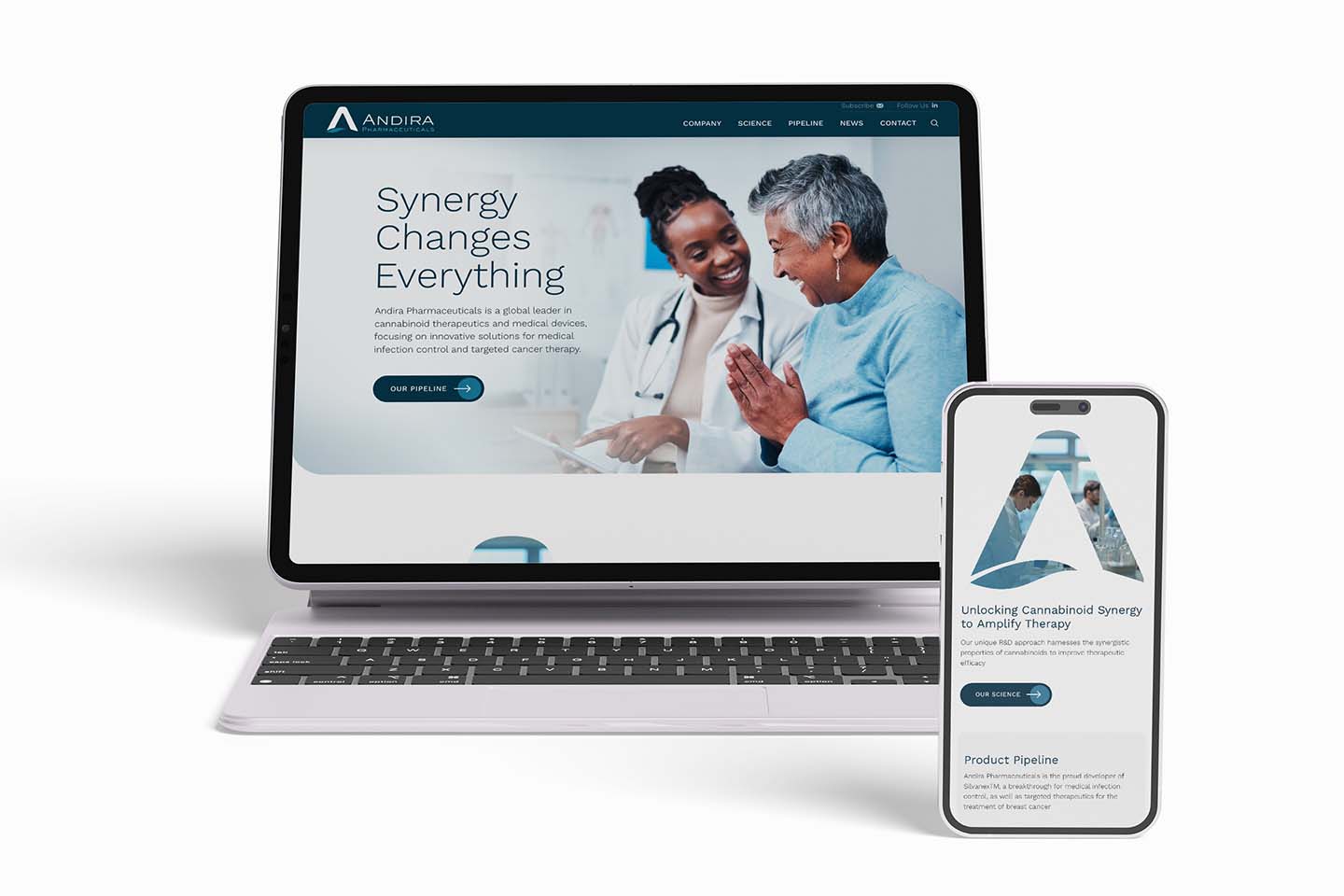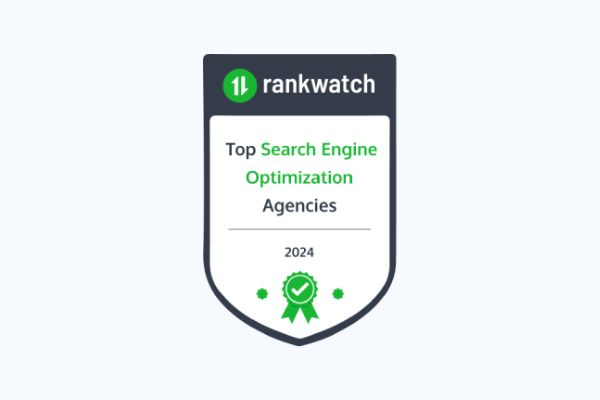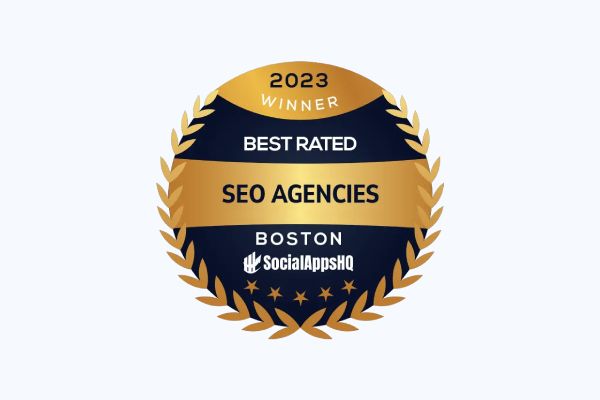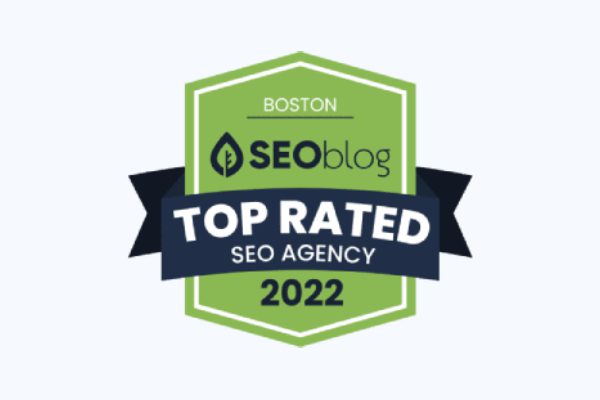Google puts out new broad “core updates” that can affect your site’s SEO approximately every six months months. Almost immediately, companies and industries experienced high volatility on their organic traffic and SERPs—many seeing gains or declines of 10% to over 100%. As is always the case, it’s hard to know the exact changes in the update, experts agree that the emphasis is on quality content. This has been the trend over time, and Google’s December 2020 Core Update for SEO is no different.
Valuable Content is Essential for Google’s Core Updates for SEO.
Google’s mission is to provide the best and most relevant search results to user queries. That’s what broad core updates are all about. Google’s Core Updates for SEO are a breakthrough because it uses a deep learning algorithm called BERT to better process language. BERT helps Google put words into context with greater nuance, which allows for more accurate indexing and ranking content. Add it all up, and content has a stronger influence than ever on where content appears in search results.
If you take anything at all away from this article, it’s that Google is clearly saying that high-quality content should be your first priority.
Hopefully you’re already using best practices to create meaningful content. If so, the best advice for responding to this update is to simply review and tweak your website content—not necessarily rip it apart. One way to start is by using the EAT acronym—Expertise, Authoritativeness and Trustworthiness.
Ask questions like these to see if your content meets the EAT criteria:
- Is this content useful, interesting, original, up-to-date, and valuable?
- Are you pages substantial, with comprehensive information, or are they “thin?”
- Does your site include verifiable data from sources that are clear and trustworthy?
- Is it clean and free of errors and production issues, or does it look amateurish?
After you determine where you content is weak, you have several options. You can update and freshen up the content you already have by adding new insights, data, or other meaningful changes (not just a word here or there). You can also trim your site by getting rid of obsolete or redundant content. Another tip is to frequently post new content, such as a weekly blog article, but only if it’s high-quality—not just content for content’s sake. If your content is largely off-track, you may need to take more drastic steps with the help of a digital agency or content expert.
Organize your content for both humans and Google.
Another way to improve SEO and user experience is to better organize your website’s content, as well as the content within each page. For your overall website, ask yourself if your navigational structure and architecture is logical and easy to understand—or if it overwhelms and confuses visitors. Also check for content that is redundant, unfocused, out-of-place, or hard to find. In addition, review each page to ensure that headlines, page titles, and urls are descriptive and helpful.
Going further, you can examine your structured data (also called schema markup). Common examples of structured data are Excel files or SQL databases, plus related items like HTML tags and Meta-data (data about data). This type of data isn’t visible to users, but makes it easier for search engines to crawl, understand, and best display your content. Using an SEO tool like Yoast can help you add structured data in a way that’s feasible for even non-technical people. Here’s more detailed information about structured data from Google Search Central.
Think beyond the copy and organization to presentation when it comes to Google’s Core Updates for SEO.
Now that we’ve talked about high-value, well-organized content, let’s talk about how it’s displayed. Appearance is an essential part of the user’s experience, so Google sits up and takes notice. Some of the areas below are more relevant to Google’s needs, while others primarily affect the end-user. However, most of these areas touch upon the needs of both Google and users:
- Focused Page Function: Each page should have a well-focused function and not be redundant with another page.
- Above the Fold: Most readers focus their time and attention above the fold, so it’s prime real estate for primary content, CTA’s and other key elements.
- Easy on the Eyes: Don’t go crazy with colors, animations, text-dense copy blocks, and distracting ads. Any of these things will tire out users and cut down the time they spend on your site.
- Signs of Expertise: Don’t look like an amateur. Pay attention to branding, consistency, and style elements. Details like consistently poor spelling, grammar, and formatting will also decrease your EAT factors.
- Mobile-Friendly: According to Statistica, mobile accounts for approximately half of web traffic worldwide and continues to grow. However, mobile commonly experiences longer load times and problems with how content is displayed. Google watches all of these elements.
https://www.ladybugz.com/seo-is-not-for-dummies-why-you-need-to-up-your-seo-game-in-2020-and-how-to-do-it/
Be accessible to ALL potential customers as a part of Google’s Ongoing Core Updates for SEO.
So far, we’ve talked about content without thinking about the fact that about 1 in 4 Americans has a disability that can hinder internet use. If your website has poor accessibility, you can lose 25% of your potential audience! Accessibility has also crept into ranking factors and so affects SEO.
Make sure your web developer uses The Web Content Accessibility Guidelines (WCAG 2.0), which cover recommendations for increasing accessibility for people with visual, hearing, cognitive, speech, mobility, and other types of disabilities. In addition, review CMS systems, plugins, and layouts to determine their support for web accessibility.
Feel the need for speed. Core Updates Puts Emphasis on Page Speed.
Even if your content is great, a slow website will result in high bounce rates. According to Kissmetrics, 47 percent of consumers expect a page to load in two seconds or less, and 40 percent of consumers will abandon a website that takes more than three seconds to load. Not surprisingly, Google’s search algorithm increasingly recognizes the importance of load time for websites and individual pages.
A good place to start is by measure page speed with tools such as Google PageSpeed Insights and GTmetrix. To optimize load time, first choose a reputable, high-speed web hosting service, such as WPEngine Second, get rid of unnecessary bells and whistles, such as animated gifs and under-utilized apps. The third major item is compression. You can compress CSS, HTML, and JavaScript files with tools such as WinZip, 7-Zip, and PeaZip. Also compress images with a tool like Adobe Photoshop, Kracken.io, or Optimizilla. This article from Moz goes into other methods to decrease load time.
Increase your website’s security for better SEO.
Given the epidemic of cybersecurity threats and breaches, users are more wary than every of website security. To keep in step, Google has resources for webmasters to prevent and fix security breaches. Google also looks for signals indicating the security of sites, such as having an SSL certificate—which authenticates a site’s identity and encrypts data for secure connections between the browser and the website. And yes, your rankings will suffers if your site is flagged as not secure.
In addition to SSL, keep your software updated. Whether you rely on your hosting service, your IT staff, or an external consultant, install all software updates. You can also install a software updater tool to ensure you’re using the latest version, install bug fixes and take other security measures.
Everything You Need to Know About the Yoast SEO 15.1 Plugin for WordPress
Focus on audience engagement, not SEO keywords.
We know that Google keeps raising the importance of high-quality content that increases engagement. On the other side of the coin, keywords—while still valuable—are taking more of a backseat. While SEO may help drive users to your site, good content keeps them there. With that said, you want to fix any SEO issues that will detract from the user’s experience. Some key recommendations include:
- Run a site audit: Site audit tools, like this one from SEM Rush, can help you detect potential issues and offer suggestions to remedy major and minor problems.
- Take advantage of the Google Search Console: Formerly known as Google Webmaster Tools, the Search Console helps you measure and analyze search traffic and performance, keywords, impressions, clicks, search positions, and more. You can also get alerts on issues and problems, including which URLs are affected.
The Impact of Social Media on SEO is Uncertain but You Can Drive Qualified Traffic.
There are conflicting views among experts about how this core updates view social media in relation to SEO. One stance is that Google likes websites that get traffic referred by social media sites. Another thought is that while social may not be a direct search factor, it does influence SEO ranking. A 2019 study published by Optinmonster indicated that social popularity helps rankings on Google.
Let Google’s Ongoing Core Updates for SEO Guide You to Improve your Search Results.
Google’s Ongoing Core Updates for SEO bring new opportunities to improve your website’s performance. Content is the foremost factor, but there are many others to consider. An expert interactive agency can bring all of these elements together, for a website that meets your digital marketing objectives.









